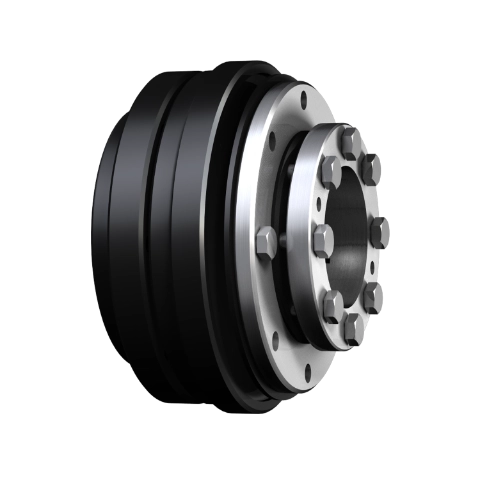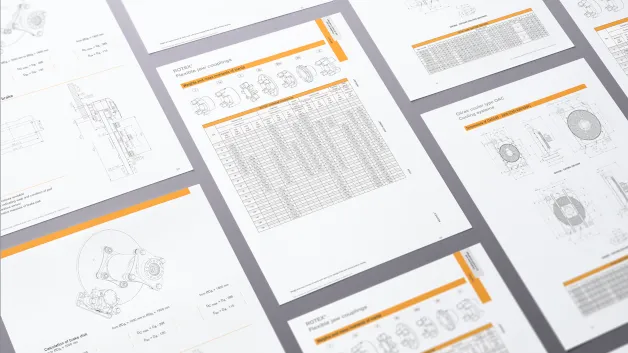
The safety coupling KTR SI Compact FT is a torque limiter as a flange type.This safety coupling provides easy connection of customer components (e. g. belt pulleys).
The solid overload system KTR-SI is available in various designs (Standard and Compact) and with various operating principles (ratchet, synchronous, fail-safe, idle rotation) providing overload protection up to 3,100 Nm.
Features
safety couplings as a ratchet and synchronous type
maintenance-free
hardened surfaces
precision 10%
corrosion-protected
Product Details
Specifications for: KTR-SI Compact FT
Further information and specifications can be found in our online catalogue.

